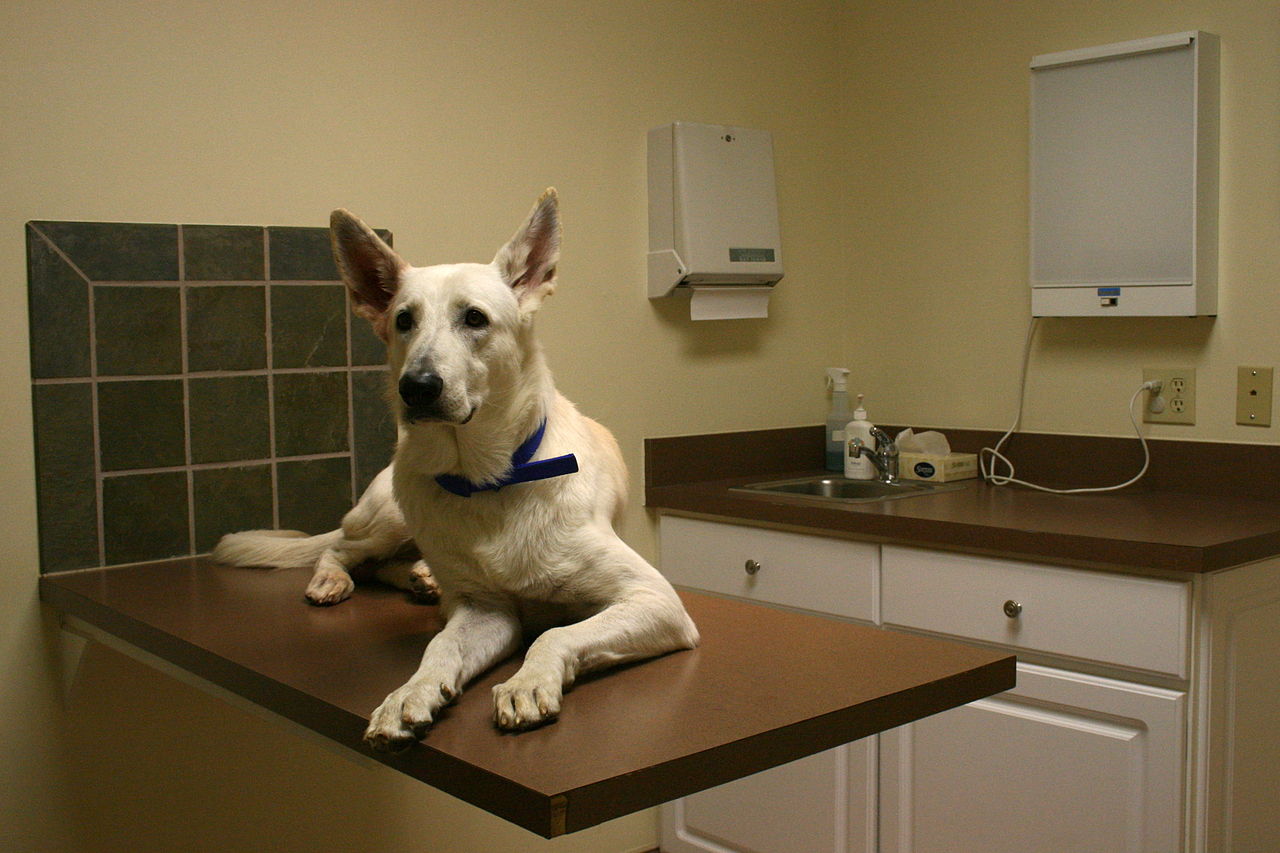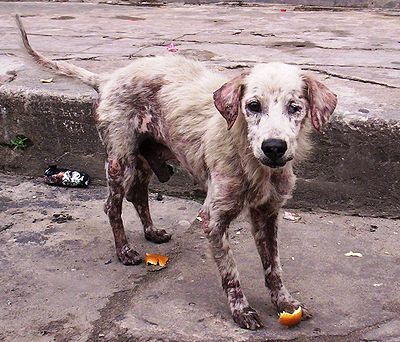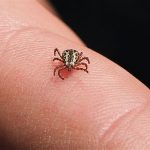Ehrlichiosis has many names – tick fever, canine rickettsiosis, canine hemorrhagic fever, canine typhus, tracker dog disease, tropical canine pancytopenia and is caused by ticks. There is a human form transmitted by tick bites as well. While any breed of dog can contract Ehrlichiosis, usually in a milder form, German Shepherds are sometimes severely affected. […]
Dog Diseases
There are a number of diseases dogs are prone to and I’ll talk about some of them here. I’ll also try to include specific breeds of dog that are prone to certain illnesses and diseases.
I would advise you to be aware of your dog’s normal behavior. Signs of illness can be lack of appetite, decreased activity, weakness, not drinking much, not grooming, bad breath, sleeping more than usual, drooling, vomiting, diarrhea, coughing, trouble breathing, frequent and/or bloody urination. If your dog exhibits any of these symptoms or any behavioral changes and you are unsure of what to do, seek the advice of your veterinarian.
Things you need to know:
The normal color of a dog’s gums is pink. Pale, white, blue or yellow gums, contact your vet at once.
Normal temperature for a dog is 100-102.5 degrees Fahrenheit. Less than 99 degrees or over 104 degrees, contact your vet immediately.
A dog’s heart rate slows and speeds with each breath. This is not abnormal. You can check the heart rate by finding the femoral artery inside the back leg. Small dogs and puppies heart rate is 120-160 beats per minute. Dogs that are about 30 lbs. have a rate of 60-120 beats per minute. The larger the dog, the slower the heart rate.
A dog’s normal respiration rate is 10-30 breaths per minute. Panting can be up to 200 pants per minute.
To check if your dog is breathing, hold a tissue or mirror up to his nose. If there is movement or breath on the mirror, your dog is breathing, but get him to the vet immediately.
Problem signs are using the abdominals to breathe, gasping, loud noises, shallow breaths, difficulty exhaling. Call your vet immediately.
If you have any questions, I’ll be happy to answer them.
Note: Many new pet owners do not know about the availability of pet health insurance. Insurance for your dog is a great safety net to have for unforeseeable emergencies or illnesses. It is also helpful in covering routine shots and exams. Some plans start at just five dollars a month. To compare pet insurance plans in your area check out the link above.

Panosteitis in Pets
Panosteitis sometimes referred to as “growing pains” usually occurs in large and giant breed dogs and large size cats between the ages of 5-18 months. Occasionally, middle-aged pets show signs of Pano. Panosteitis is the inflammation of the long tubular bones of the legs. Inflammation can affect more than one limb, but is more common […]

Pancreatitis
The functions of the pancreas are twofold – production of insulin called the endocrine process and production of digestive enzymes, the exocrine process. Diabetes is the malfunction of the endocrine process. EPI (exocrine pancreatic insufficiency) occurs when the pancreas is not fully formed. It is a congenital problem and is usually not evident until a […]

Osteochondritis Dissecans
Osteochondritis Dissecans usually affects large breed dogs between the ages of 5-8 months and may be due to rapid growth. It can affect any joint but the most common is the shoulder. An area of shoulder cartilage thickens and breaks off, falling into the joint. A loose lump is formed called a “joint mouse” which […]

Leptospirosis
Leptospirosis is a zoonotic disease that affects dogs, horses, humans and livestock and rarely show signs in cats. Leptospirosis can cause horses to abort. It is spread through contaminated water, urine, contact bites, sometimes food or bedding. It is more prevalant in warm weather and temperate climates. The bacteria enters the bloodstream through mucous membranes […]

Lenticular Sclerosis
Lenticular Sclerosis, also known as Nuclear Sclerosis, affects older pets, cats at about 9 years old and dogs at about age 7. It occurs due to the hardening of the lens of the eye as the pet ages. The structure of the lens of the eye changes continuously. New layers are formed over existing ones […]

Infectious Canine Hepatitis
Infectious Canine Hepatitis is a contagious disease found worldwide. This acute liver infection affects domestic dogs as well as foxes, wolves, bears, coyotes and other carnivores. It is spread through feces, urine, saliva and nasal discharge of infected animals. It enters through the mouth or nose where it reproduces on the tonsils and spreads from […]

How Does Rheumatoid Arthritis Affect your Heart, Lungs, Eyes and Other Body Parts?
Rheumatoid Arthritis suffers know all too well that even though the condition primarily affects the joints, it can also cause systemic symptoms throughout the entire body. These symptoms occur especially in people who have severe disease. An article on Health.com details the problems associated with RA. Here’s a look at the areas of the body […]

Skin Problems in Dogs
Eczema – wet eczema is raw and may have pus around the edges. Dry exzema usually appears on dog’s belly and inside of hind legs. If , with a sulphur-based ointment applied twice daily, there is no improvement, call your vet. Ringworm – spreading bare circular patches, highly contagious to humans as well. Consult your […]

Epilus (Gum Boils)
Epilus or “Gum Boil” ia a benign tumor of the mouth. It is one of the most common tumors in dogs. It begins in the connective tissue that holds the teeth to the jaw bone. There are 3 types of Epiludes(plural) 1. Fibromatous which is tough fibrous tissue 2. Ossifying Fibrous Tissue containing bone cells […]

